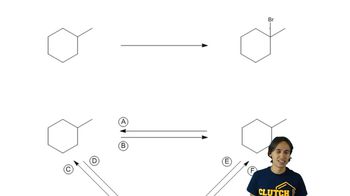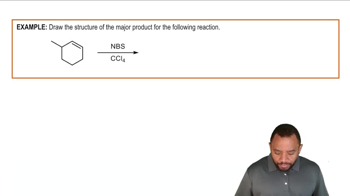Draw the structure for each of the following:
d. 2,4,5-trimethyl-4-(1-methylethyl)heptane
 Verified step by step guidance
Verified step by step guidance Verified video answer for a similar problem:
Verified video answer for a similar problem:



 3:43m
3:43mMaster The different parts of an IUPAC name with a bite sized video explanation from Johnny
Start learning